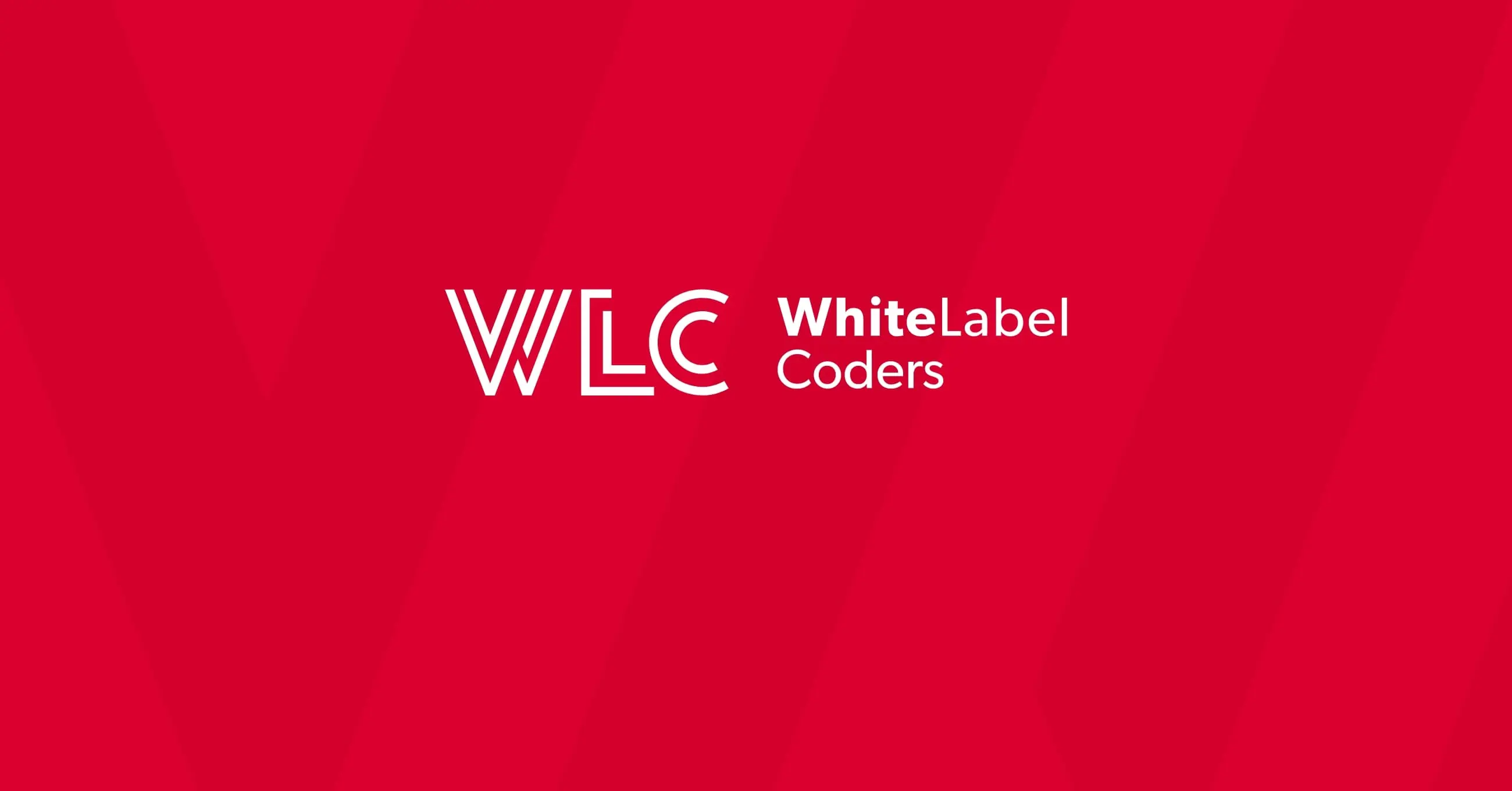Category: WooCommerce
Does WooCommerce have a POS system?

For retail businesses that already operate a WooCommerce online store, extending functionality to physical locations requires an effective point-of-sale solution. While the core WooCommerce platform doesn’t include built-in POS capabilities, the ecosystem offers numerous third-party plugins that seamlessly integrate physical retail operations with your existing online store. These extensions enable synchronized inventory management, in-person payment processing, and a unified customer experience across all sales channels.
Does WooCommerce have a POS system?
WooCommerce itself doesn’t come with native point-of-sale functionality in its core plugin. However, the platform’s flexibility allows for integration with various POS solutions through dedicated plugins and extensions. These third-party tools effectively transform your WooCommerce store into a comprehensive retail management system that handles both online and in-person transactions. The robust plugin ecosystem includes several well-regarded POS solutions designed specifically for WooCommerce integration, each offering different features to accommodate various retail business needs.
This approach aligns with WooCommerce’s philosophy of providing a customizable framework that merchants can extend based on their specific requirements. Rather than forcing users into a one-size-fits-all solution, WooCommerce development allows businesses to select the POS functionality that best matches their operational model, hardware preferences, and budget constraints.
What is a WooCommerce POS system?
A WooCommerce POS system is an extension that bridges your online store with your physical retail location, creating a unified commerce platform. These systems allow retailers to process in-person transactions while maintaining synchronized inventory, customer data, and sales information across all sales channels. Essentially, they transform a device (typically a tablet or computer) into a powerful checkout terminal connected to your existing WooCommerce infrastructure.
The core functionality of a WooCommerce POS typically includes:
- In-person payment processing
- Real-time inventory synchronization
- Customer profile management
- Product catalog access
- Receipt printing
- Barcode scanning
- Sales reporting and analytics
This integration eliminates the need to manage separate systems for online and physical sales, reducing administrative overhead and providing a more consistent customer experience. It also enables omnichannel retail strategies like buy-online-pickup-in-store (BOPIS) or in-store returns for online purchases.
What are the best WooCommerce POS plugins in 2023?
The WooCommerce ecosystem offers several robust POS solutions, each with distinct features and pricing models. Based on current market offerings, several POS plugins stand out for their reliability, feature sets, and integration capabilities:
- WooCommerce POS – A lightweight option with a clean interface designed specifically for tablet use. It offers a free core version with premium add-ons for advanced functionality.
- Point of Sale for WooCommerce – Provides comprehensive retail management with features like employee management, cash tracking, and detailed sales reports.
- Oliver POS – A cloud-based solution with strong inventory management features and a modern interface designed for ease of use.
- FooSales – Notable for its robust offline capabilities, allowing transactions even when internet connectivity is unavailable.
- Square for WooCommerce – Integrates Square’s proven POS system with WooCommerce stores, leveraging Square’s reliable payment processing.
When selecting a POS plugin, consider factors like ease of use, hardware compatibility, payment gateway options, and specific features needed for your retail operation. Most providers offer demo versions or trial periods, allowing you to test compatibility with your existing WooCommerce setup before committing.
How much does a WooCommerce POS system cost?
The cost of implementing a WooCommerce POS solution varies significantly based on the plugin chosen, features required, and scale of your operation. Generally, pricing structures fall into these categories:
| Pricing Model | Typical Cost Range | Best For |
|---|---|---|
| Free/Freemium | $0 with limited features | Small businesses testing POS integration |
| Monthly Subscription | $20-$100/month | Growing retailers needing reliable support |
| Annual Subscription | $200-$1000/year | Established businesses seeking cost efficiency |
| One-time Purchase | $200-$500 | Retailers preferring upfront costs over subscriptions |
Remember that these costs typically cover the software only. Additional expenses may include:
- Hardware (tablets, barcode scanners, receipt printers, cash drawers)
- Payment processing fees (typically 2-3% per transaction)
- Implementation and customization services
- Staff training
When budgeting for a WooCommerce POS implementation, consider the total cost of ownership rather than just the upfront plugin price.
Can WooCommerce POS work offline?
Many WooCommerce POS solutions offer offline functionality, allowing transactions to continue during internet outages. This capability is crucial for retail operations where sales cannot stop due to connectivity issues. When operating offline, these systems typically:
- Store transaction data locally on the device
- Queue changes to inventory and customer records
- Process payments through offline-capable methods
- Automatically synchronize all data when connectivity resumes
The extent of offline capabilities varies between different POS plugins. Some offer comprehensive offline mode with full functionality, while others may limit certain features when disconnected. Key considerations for offline operation include:
- How payment processing works without internet (cash-only or offline card processing)
- Whether inventory updates are tracked and prevented from overselling
- How customer accounts are handled during offline periods
- The synchronization process once connection is restored
For businesses in areas with unreliable internet or those wanting protection against outages, prioritizing a POS solution with robust offline capabilities is essential.
How do I set up a WooCommerce POS system?
Setting up a WooCommerce POS system involves several key steps to ensure proper integration with your existing online store. While the exact process varies by plugin, the general implementation follows this pattern:
- Plugin Installation: Install and activate your chosen POS plugin through the WordPress dashboard.
- Configuration: Connect the POS to your WooCommerce store and configure basic settings like tax rates, payment methods, and receipt information.
- Product Synchronization: Ensure your online product catalog syncs correctly with the POS system, including prices, variants, and inventory levels.
- Hardware Setup: Connect and configure necessary hardware components like receipt printers, barcode scanners, and cash drawers.
- Payment Gateway Integration: Set up and test payment processing for both card and cash transactions.
- User Accounts: Create staff accounts with appropriate permission levels for cashiers, managers, etc.
- Testing: Thoroughly test the complete sales flow, including various transaction types, returns, and discounts.
- Staff Training: Train your team on using the new POS system effectively.
Many WooCommerce POS plugins offer setup wizards to guide you through this process, but complex implementations might benefit from professional assistance, especially for custom requirements or multiple store locations. In many cases, you need a developer for WooCommerce implementations to ensure everything is properly configured and optimized.
What hardware do I need for a WooCommerce POS?
The hardware requirements for a WooCommerce POS implementation depend on your specific retail operation, but typical components include:
- Primary Device: iPad, Android tablet, or computer to run the POS software
- Card Reader: EMV-compliant payment terminal for secure credit/debit transactions
- Receipt Printer: Thermal printer for customer receipts (Bluetooth or USB connection)
- Cash Drawer: Integrated till for cash handling
- Barcode Scanner: For quick product lookup and inventory management
- Display Screen: Customer-facing display for transaction transparency
Not all components are necessary for every retail operation. For example, a service-based business might only need a tablet and card reader, while a high-volume retail store would benefit from the complete hardware setup. Most WooCommerce POS plugins provide compatibility guides for recommended hardware, ensuring proper integration.
When selecting hardware, consider factors like durability, connection options (Bluetooth, USB, or network), and compatibility with your chosen POS software. Commercial-grade hardware typically offers better reliability for continuous retail use compared to consumer-grade alternatives.
Is WooCommerce POS suitable for multilocation businesses?
WooCommerce POS solutions can accommodate multilocation retail operations, though the effectiveness depends on the specific plugin and implementation. For businesses with multiple physical stores, key considerations include:
- Centralized Inventory Management: The ability to track stock levels across locations and set location-specific inventory
- Store-specific Pricing: Support for location-based pricing strategies if needed
- User Management: Role-based permissions for staff at different locations
- Reporting: Location-based sales analysis and performance comparison
- Inter-store Transfers: Managing product movements between locations
Most advanced WooCommerce POS plugins offer multilocation features, but implementation complexity increases with the number of stores. Larger operations typically require more sophisticated approaches to data synchronization and may benefit from custom development to address specific operational workflows.
When evaluating POS solutions for multilocation businesses, prioritize those that provide robust synchronization capabilities and clear separation between store-specific data while maintaining centralized management capabilities. For high-volume retail chains, it’s important to verify if WooCommerce can handle high traffic across all your locations.
How does WooCommerce POS handle inventory management?
Inventory management is a critical aspect of WooCommerce POS integration, ensuring product availability is accurately reflected across all sales channels. Effective POS solutions provide several key inventory capabilities:
- Real-time Synchronization: When an item sells in-store, online inventory updates automatically and vice versa
- Stock Alerts: Notifications when products reach low inventory thresholds
- Variant Management: Proper tracking of product variations by size, color, or other attributes
- Receiving: Processing incoming inventory and updating stock levels
- Inventory Adjustments: Tools for correcting discrepancies discovered during physical counts
- Bundled Products: Management of component inventory for product bundles
The synchronization mechanism typically works through API connections between the POS system and WooCommerce, with conflict resolution protocols to handle simultaneous transactions. For businesses with high transaction volumes or complex inventory requirements, look for POS solutions with advanced inventory features and proven reliability in maintaining data integrity.
Can I customize my WooCommerce POS interface?
Most WooCommerce POS solutions offer varying degrees of interface customization to improve operational efficiency and align with specific retail workflows. Common customization options include:
- Layout Configuration: Arranging elements on the checkout screen for optimal cashier workflow
- Product Organization: Creating custom categories or tags for quick product access
- Button Customization: Adding shortcuts for common functions or products
- Branding Elements: Adding your logo and brand colors to the interface and receipts
- Custom Fields: Adding business-specific data collection during checkout
- Receipt Design: Customizing receipt content, layout, and promotional elements
The level of customization available varies significantly between different POS plugins. Some offer simple theme options, while others provide comprehensive customization tools. For highly specific requirements, some solutions allow developers to modify templates or create custom extensions.
When interface customization is a priority, look for POS solutions that explicitly advertise customization capabilities and provide clear documentation for implementation.
WooCommerce POS implementation: Key takeaways for retailers
Implementing a POS system with your WooCommerce store represents a significant step toward unified commerce. To ensure success, consider these critical insights:
- Start with Strategy: Define your retail workflows and requirements before selecting a POS solution
- Prioritize Integration: Choose POS plugins designed specifically for WooCommerce rather than general solutions with basic connectors
- Consider Scalability: Select a solution that can grow with your business and accommodate future needs
- Test Thoroughly: Validate all critical functions before going live, especially synchronization between online and in-store systems
- Invest in Training: Ensure staff are comfortable with the new system to prevent operational disruptions
- Plan for Contingencies: Have procedures in place for system outages or synchronization issues
For complex implementations or businesses with specific requirements, working with experienced developers can significantly improve outcomes. Professional WooCommerce specialists can provide guidance on plugin selection, handle custom integrations, and ensure your POS system aligns perfectly with your business processes.
Taking a methodical approach to POS implementation helps retailers maximize the benefits of integrated commerce while minimizing disruption to ongoing operations. With the right strategy and tools, a WooCommerce POS system can provide the operational efficiency and customer experience needed to thrive in today’s competitive retail environment.

